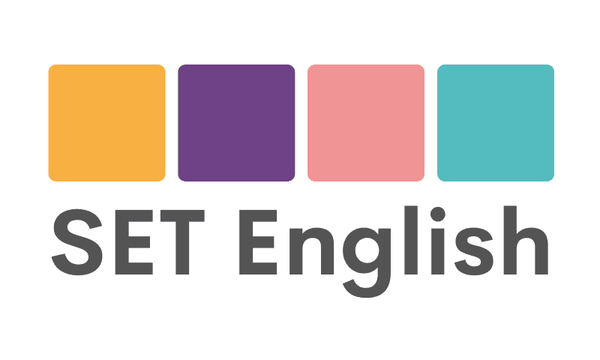
OET Writing - Expanding the Purpose of Your Letter
Effective communication in healthcare letters involves not only stating the purpose clearly but also expanding on it to ensure comprehensive understanding and facilitate appropriate action. Within the Occupational English Test (OET) Writing task, students that can do this effectively are rewarded with higher scoring in the category of 'Purpose' - one of the 6 OET Writing Criteria
The Requests paragraph usually serves as the most appropriate place to elaborate on the purpose of the letter and articulate specific actions or responses desired from the recipient... but what is a Requests Paragraph?
Understanding the Significance of the Requests Paragraph
The Requests paragraph, the final paragraph of your letter, plays a vital role when it comes to clearly articulating what is being asked or expected of the reader. This paragraph should not only reinforce the primary purpose of the letter but also provide more details when necessary.
How can I expand Purpose in my OET Letter?
The purpose of a letter in healthcare correspondence refers to the main reason for writing, typically related to what the reader will do. Examples of this are: care and support, assessment, monitoring, etc. These are all main tasks that we are asking our reader to do. In this context, expanding on the purpose involves providing additional context, details, or specific requests to ensure clarity and actionable outcomes.
Strategies to Expand on the Purpose
Here are three effective ways to expand on the purpose within the Requests paragraph:
1. Discharge plan: usually when writing a discharge letter you can use the discharge plan as the basis for purpose expansion. Expanding the purpose means here: explaining what the details of the discharge plan are.
But what happens when there is no discharge plan?
2. Possible actions: Another way to expand on purpose is to talk about possible actions or probably things could be done. For example, a doctor might write "Please note that an MRI may be required" if that is given in the case notes. Key point here: do not invent possible actions. Find them in the case notes.
3. Appointments: Another possible solution is to talk about future appointments that may be relevant even thought they are not strictly part of the Purpose. For example, you might say: please note that Mrs Green has an appointment for the removal of her stitches on April 19th. This is not something the Reader needs to do but knowing about it is useful.
These are not the only ways one can expand the purpose of a letter - any appropriate ways of providing more details can be considered but these are probably the most common I see in my OET classes.
Finally, what if there really is NOTHING at all more to say on the purpose? What if you simply cannot find anything at all in the case notes to expand? You can watch my video here to find out more on this: Expanding the Purpose in OET
